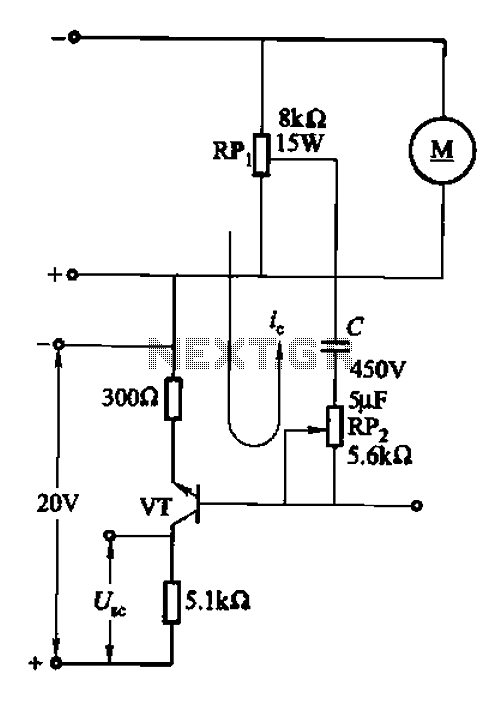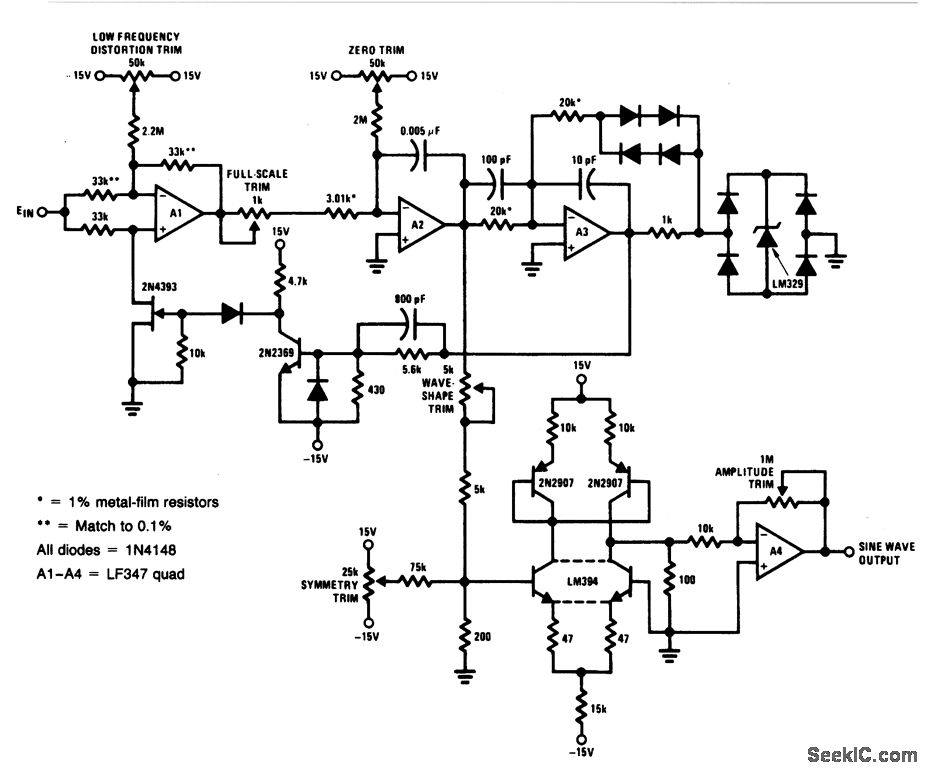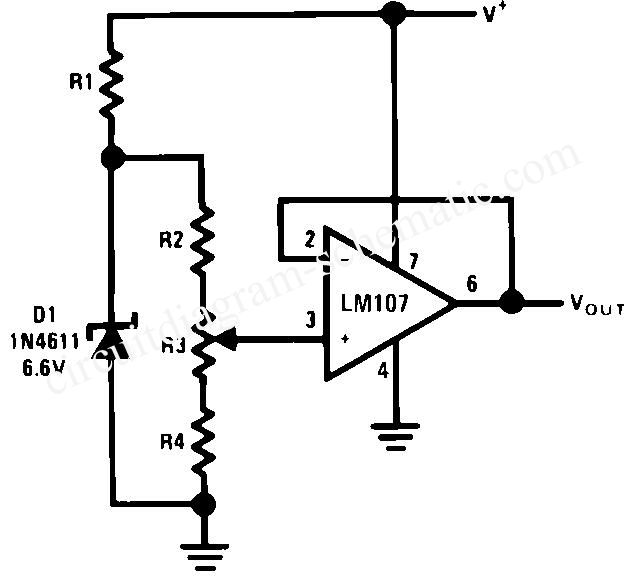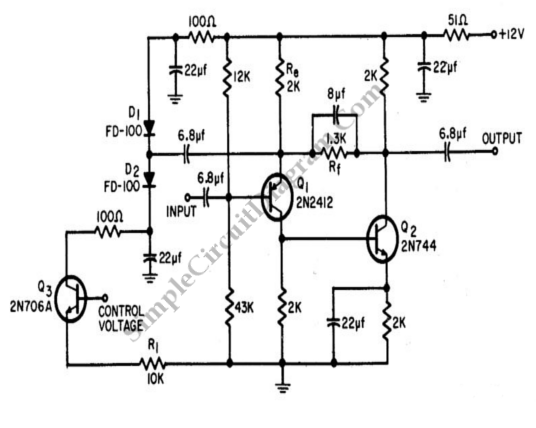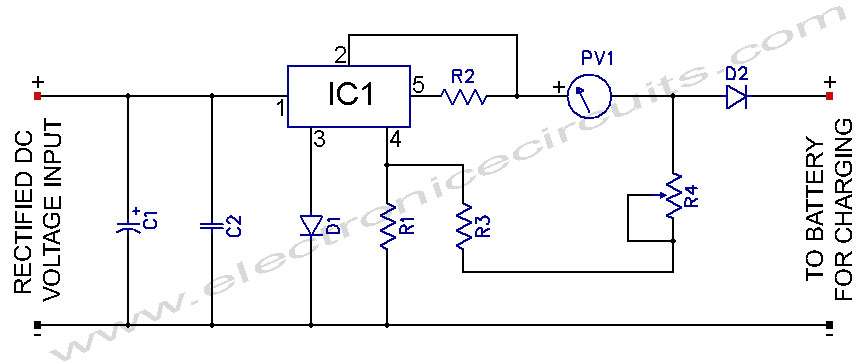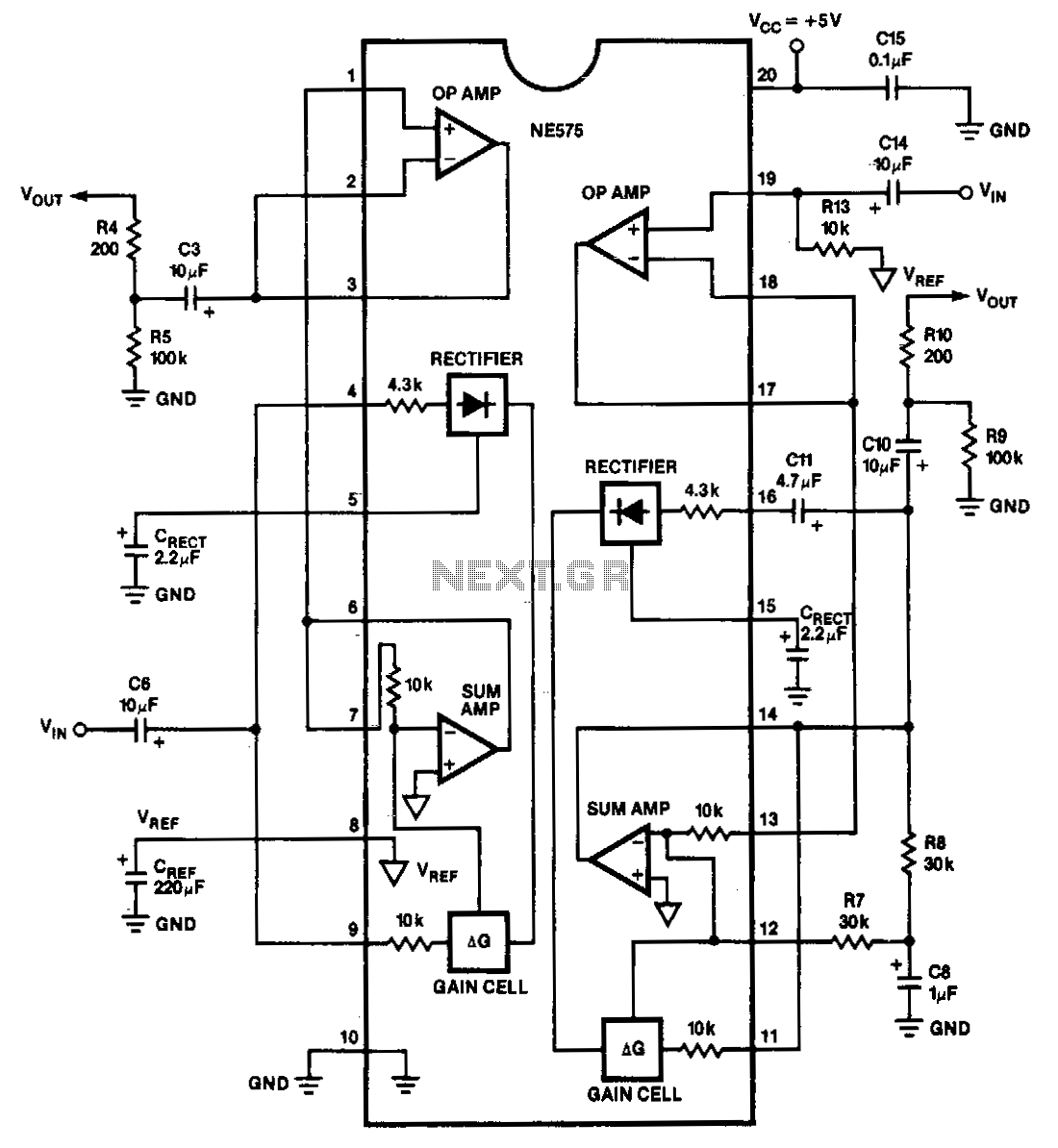
Voltage Comparators

These two comparators function as over-voltage and under-voltage comparators. In the first configuration, if the measured voltage (Vm) exceeds the reference voltage, the output of IC1 goes low. In the second configuration, if the input voltage (ViN) exceeds the reference voltage, the output voltage (Vout) goes high.
The circuit utilizes two operational amplifiers configured as comparators to monitor voltage levels. The first comparator is designed to detect over-voltage conditions. When the input voltage (Vm) surpasses a predetermined reference voltage, the output of the first operational amplifier (IC1) transitions to a low state, indicating that the voltage level is too high. This output can be used to trigger additional circuits, such as an alarm or a shutdown mechanism, to protect sensitive components from damage due to excessive voltage.
In the second comparator configuration, the circuit monitors for under-voltage conditions. When the input voltage (ViN) exceeds the reference voltage, the output voltage (Vout) of the second operational amplifier transitions to a high state. This indicates that the input voltage has reached a level that is acceptable and can be safely processed by downstream components. The high output can also activate additional circuitry, such as enabling power to a load or signaling that the system is operating within safe voltage parameters.
Overall, these comparator circuits are integral in ensuring that voltage levels remain within specified limits, providing critical protection and operational assurance in various electronic applications. Their design can be adapted to suit different voltage thresholds and applications, making them versatile components in voltage monitoring systems. These two comparators are over- and under-voltage comparators. In Fig. 104-5(a), if Vm exceeds the reference voltage, t he output of IC1 goes low. In Fig. 104-5(b), if the ViN exceeds the reference, Vout goes high. 🔗 External reference
The circuit utilizes two operational amplifiers configured as comparators to monitor voltage levels. The first comparator is designed to detect over-voltage conditions. When the input voltage (Vm) surpasses a predetermined reference voltage, the output of the first operational amplifier (IC1) transitions to a low state, indicating that the voltage level is too high. This output can be used to trigger additional circuits, such as an alarm or a shutdown mechanism, to protect sensitive components from damage due to excessive voltage.
In the second comparator configuration, the circuit monitors for under-voltage conditions. When the input voltage (ViN) exceeds the reference voltage, the output voltage (Vout) of the second operational amplifier transitions to a high state. This indicates that the input voltage has reached a level that is acceptable and can be safely processed by downstream components. The high output can also activate additional circuitry, such as enabling power to a load or signaling that the system is operating within safe voltage parameters.
Overall, these comparator circuits are integral in ensuring that voltage levels remain within specified limits, providing critical protection and operational assurance in various electronic applications. Their design can be adapted to suit different voltage thresholds and applications, making them versatile components in voltage monitoring systems. These two comparators are over- and under-voltage comparators. In Fig. 104-5(a), if Vm exceeds the reference voltage, t he output of IC1 goes low. In Fig. 104-5(b), if the ViN exceeds the reference, Vout goes high. 🔗 External reference
Warning: include(partials/cookie-banner.php): Failed to open stream: Permission denied in /var/www/html/nextgr/view-circuit.php on line 713
Warning: include(): Failed opening 'partials/cookie-banner.php' for inclusion (include_path='.:/usr/share/php') in /var/www/html/nextgr/view-circuit.php on line 713
